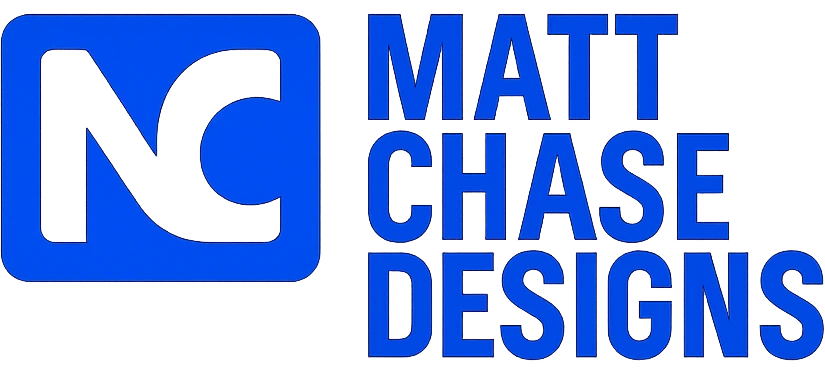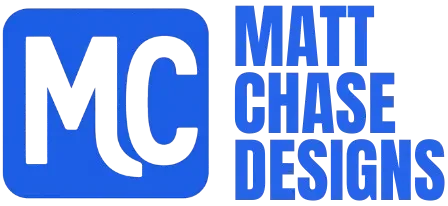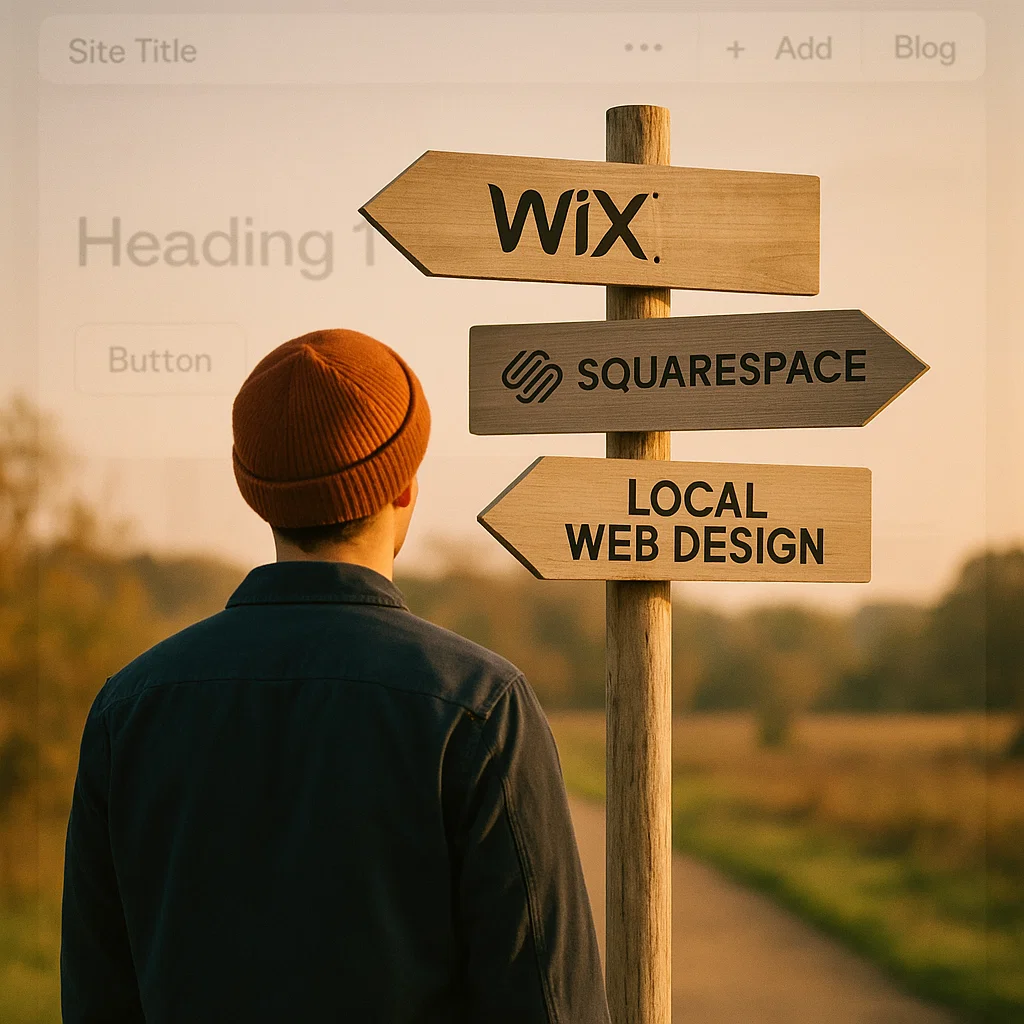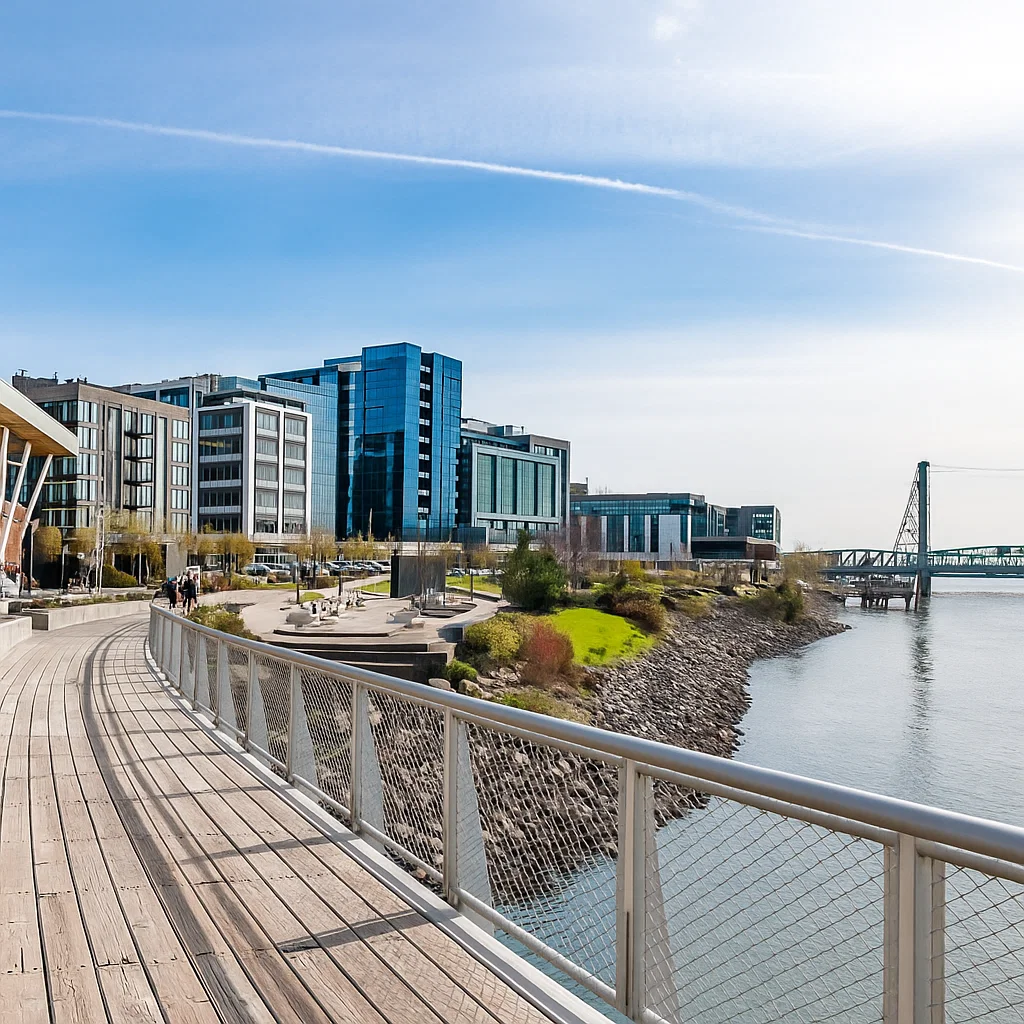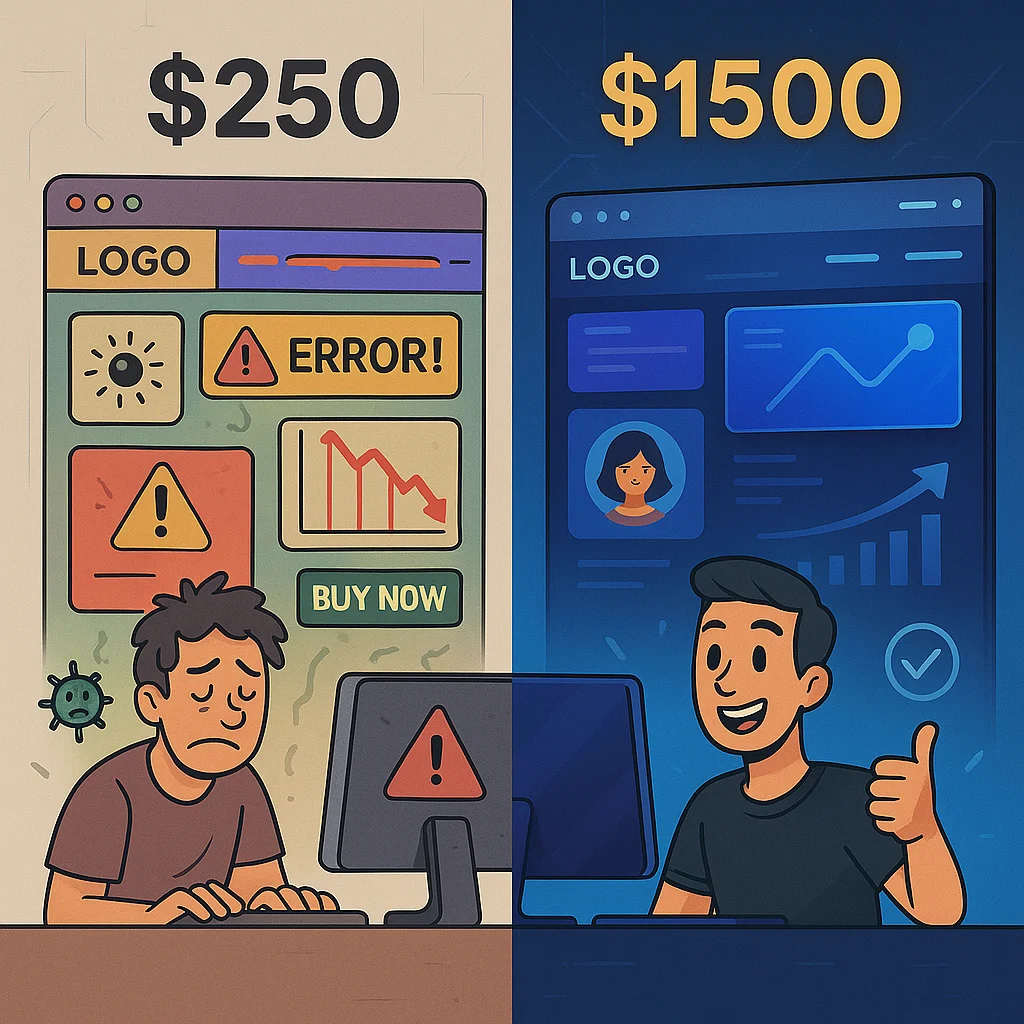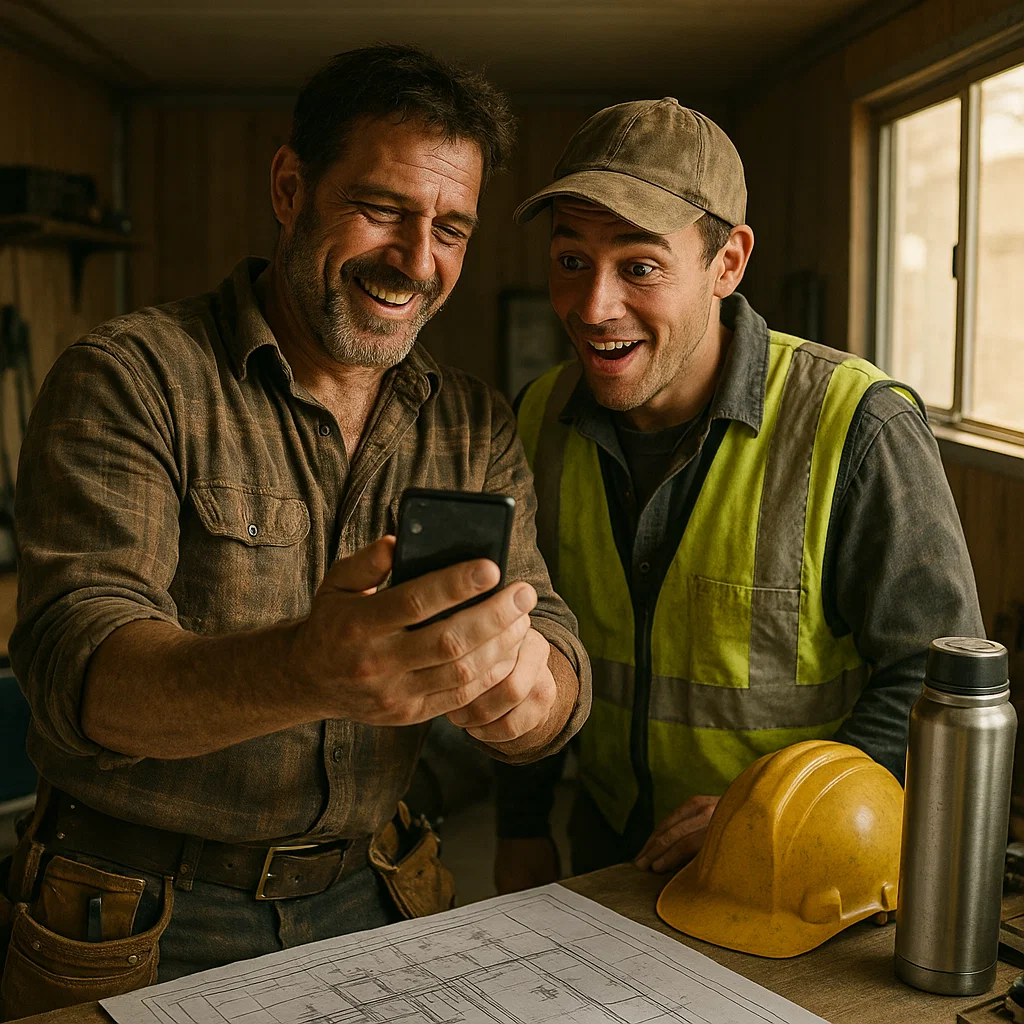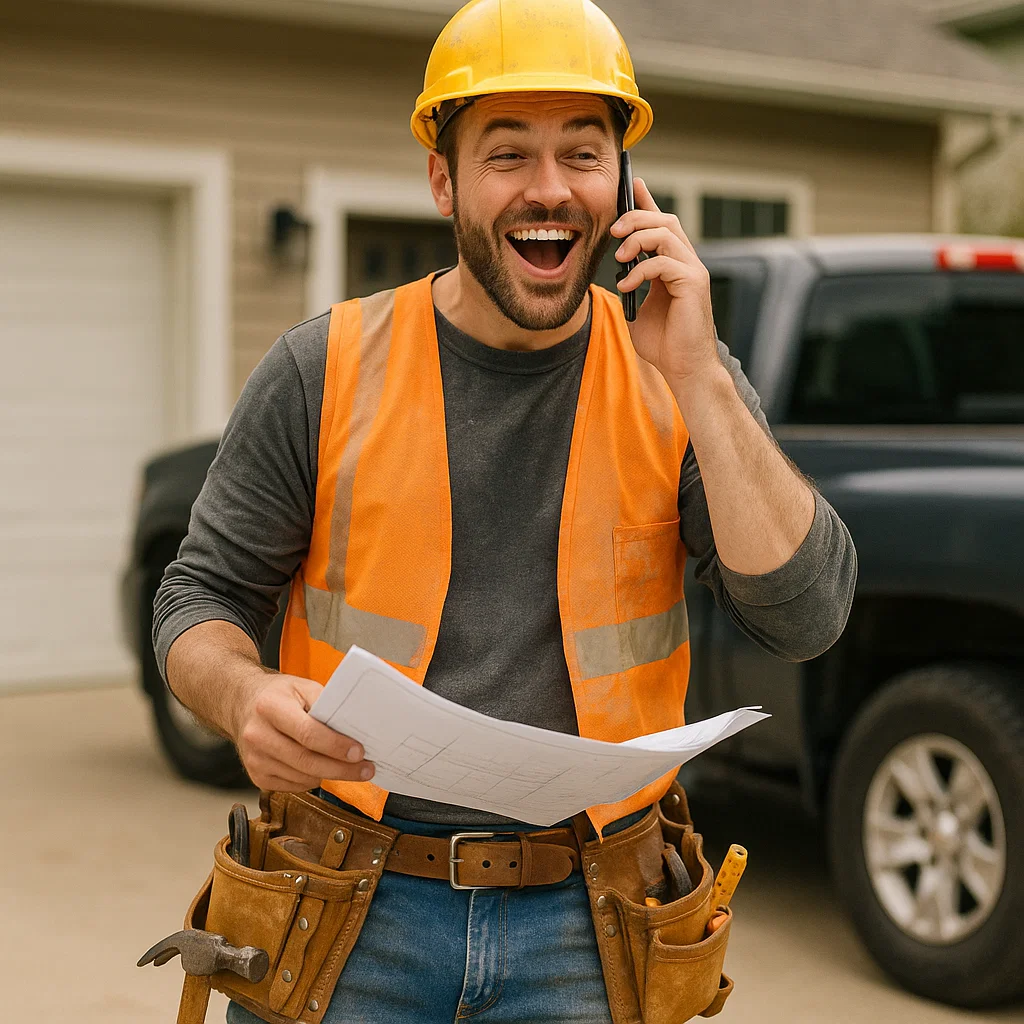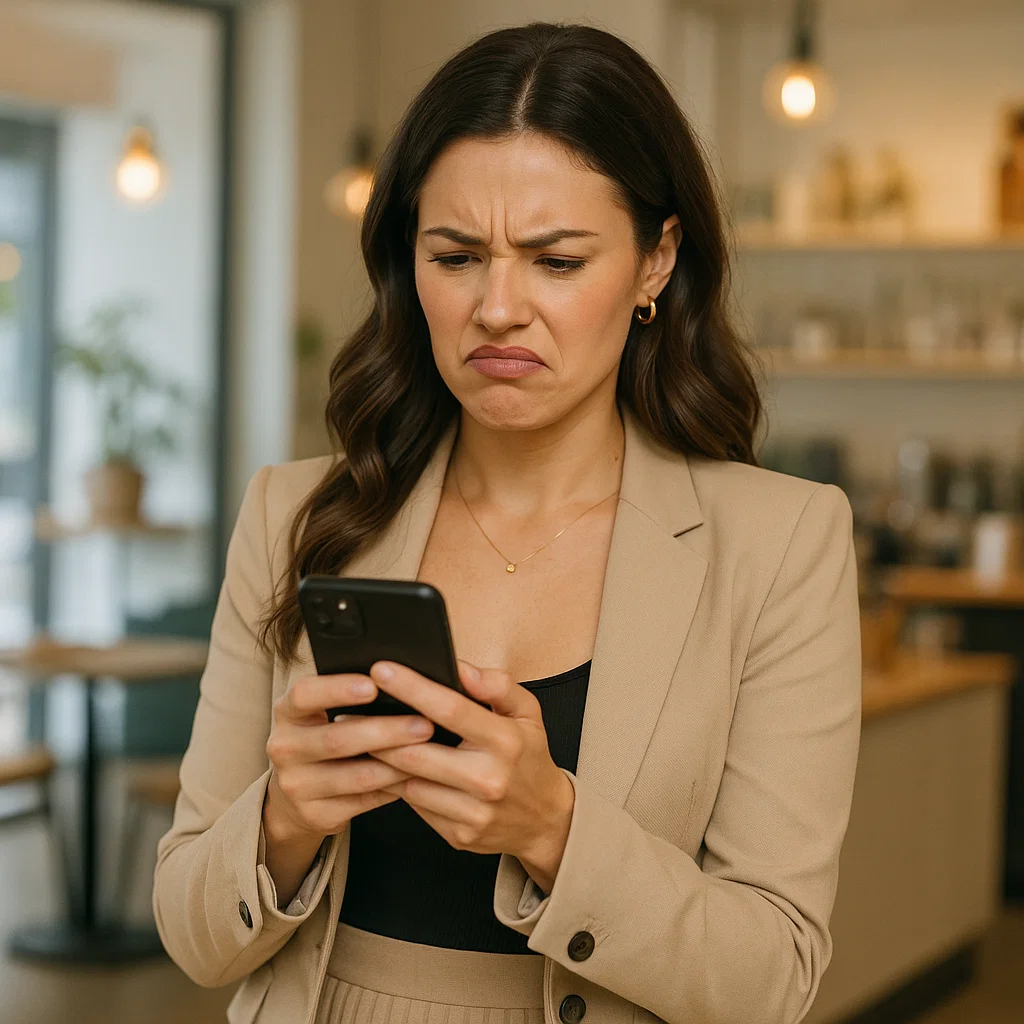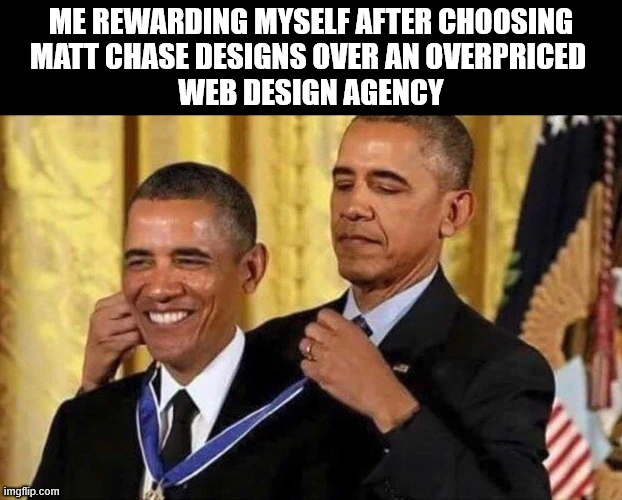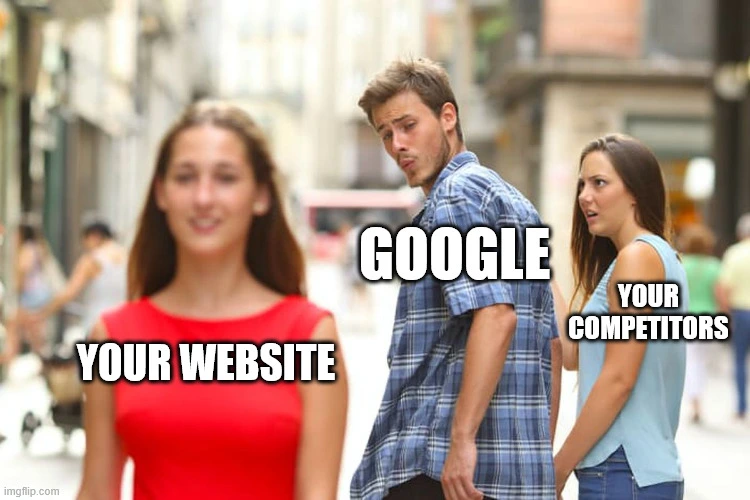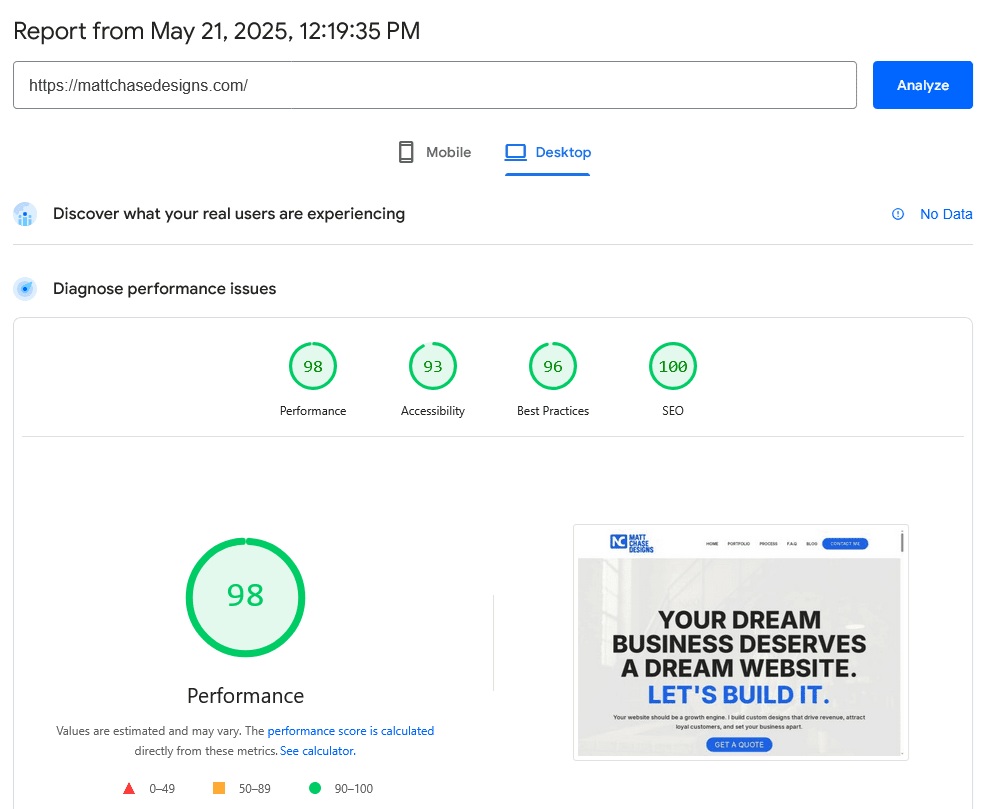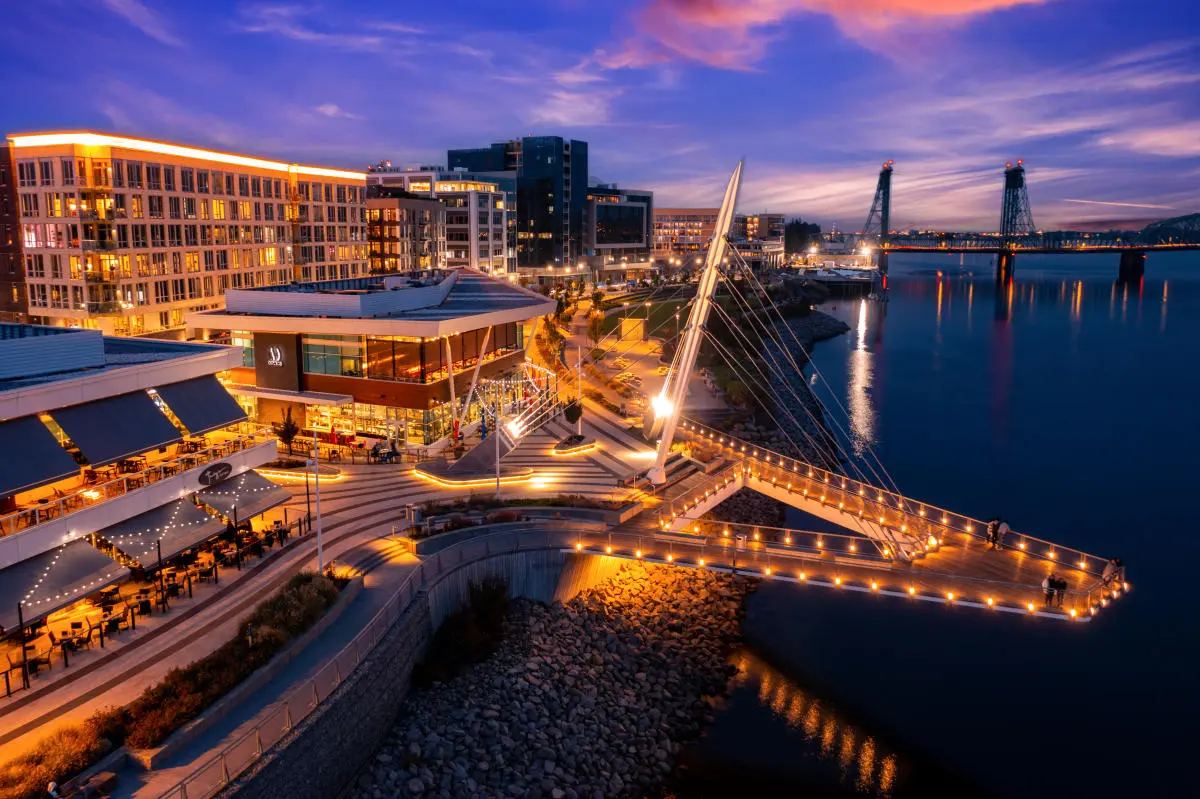Introduction: Understanding Website Costs
In today’s digital world, having a website isn’t a luxury anymore—it’s a necessity. Whether you’re a small business owner, freelancer, or entrepreneur, a website is your digital storefront. But one of the first questions people ask is: “How much does a website cost?”
The answer isn’t straightforward because website costs vary widely depending on design, functionality, and who builds it. A basic personal blog could cost less than $100 per year, while a custom-built e-commerce store might cost $1000 or more.
In this guide, we’ll break down every factor that influences website pricing, compare costs across different types of websites, and help you budget wisely.
Factors That Affect Website Cost
Several key factors determine how much you’ll spend on a website in 2025. Let’s explore them one by one.
Domain Name Registration
Your domain name is your web address (like www.mybusiness.com). On average, domain names cost $10–$20 per year, though premium domains can cost thousands.
Web Hosting Services
Web hosting is where your website files live. Hosting costs vary:
- Shared Hosting: $3–$10/month
- VPS Hosting: $20–$60/month
- Dedicated Hosting: $80–$300/month
- Cloud Hosting (AWS, Google Cloud): scalable, usually starting at $30/month
Website Design & Development
Design and development costs depend on whether you use a website builder, a freelancer, or an agency. Custom designs with unique branding often cost more than templates.
Website Builders vs. Custom Coding
- DIY Website Builders (Wix, Squarespace, WordPress.com): $10–$50/month
- Custom Development: $250–$10,000+ depending on complexity
💡 Tip: While builders like Wix and Squarespace look affordable, they often limit growth. Investing in a custom website means scalability, better SEO, and a design that fits your brand—without rebuilding later.
Maintenance & Updates
Websites aren’t one-time costs. Expect to spend $200–$1,000 per year on maintenance, updates, and backups.
Different Types of Websites and Their Costs
Personal Blogs
- Cost: $100–$500 per year
- Best for writers, hobbyists, and personal branding.
Small Business Websites
- Cost: $500–$5,000
- Usually includes 5–10 pages, a contact form, and basic SEO.
📌 Example: A local contractor first tried a DIY builder for $500, but customers couldn’t find the site in Google. After investing $800 in a custom WordPress site, leads increased by 3x within months.
E-commerce Stores
- Cost: $800–$10,000+
- Includes product pages, payment gateways, inventory management.
Corporate Websites
- Cost: $1,000–$30,000
- Built for branding, customer service, and lead generation.
Custom Web Applications
- Cost: $2,000–$100,000+
- Designed for unique business needs with advanced functionality.
Website Cost Breakdown by Method
DIY Website Builders
Affordable but limited in customization. Great for startups and personal use.
Freelance Web Developers
Cost: $250–$10,000 depending on experience and features.
Professional Web Development Agencies
Cost: $5,000–$100,000+
Agencies provide design, development, SEO, and ongoing support.
Hidden & Ongoing Website Costs
- SSL Certificates: $10–$100/year
- Plugins & Extensions: $50–$500/year
- Marketing & SEO: $100–$5,000/month
- Security & Backup Plans: $100–$500/year
💡 Tip: Cheap websites often become expensive when you need add-ons, fixes, or redesigns. A custom-built site avoids hidden costs by giving you exactly what your business needs from the start.
Cost Comparison: DIY vs. Professional Development
| Option | Cost Range | Pros | Cons |
|---|---|---|---|
| DIY Builders | $100–$600/year | Affordable, easy setup | Limited customization |
| Freelancers | $250–$10,000 | Personalized, flexible | Varies in quality |
| Agencies | $5,000–$100,000+ | Professional, scalable | Expensive |
How Much Does a Website Cost Monthly vs. Yearly?
- Monthly: $20–$200 (basic hosting, domain, and tools)
- Yearly: $500–$10,000+ depending on services and upgrades
Tips to Save Money on Website Development
- Use open-source platforms like WordPress
- Choose templates instead of custom design
- Start small and scale later
- Compare multiple developer quotes
Real-World Examples of Website Costs in 2025
- Freelancer Portfolio Website: $500 with WordPress template
- Local Coffee Shop Website: $2,500 with booking and menu features
- Online Store: $8,000–$15,000 depending on size and payment integrations
📌 Example: An e-commerce boutique spent $9,000 on a custom site. The upfront cost was higher than Shopify’s templates, but custom integrations boosted sales and eliminated $300/month in third-party app fees.
FAQs About Website Costs
Q1. Can I build a website for free?
Yes, but free plans often include ads and limited features.
Q2. What is the average cost of a small business website?
Around $250–$5,000.
Q3. Do I need to pay monthly for a website?
Yes, hosting, domain, and maintenance usually require recurring payments.
Q4. How much does an e-commerce site cost?
Anywhere from $1,000 to $20,000+, depending on complexity.
Q5. Is WordPress cheaper than Wix or Squarespace?
WordPress can be cheaper long-term but may require more setup.
Q6. What’s the biggest hidden cost of a website?
Marketing and SEO often exceed initial development costs.
Conclusion: Choosing the Right Website Investment
The cost of a website in 2025 depends on your goals, budget, and desired features. Whether you choose a DIY builder, a freelancer, or a professional agency, remember that a website is an investment in your brand’s digital presence.
If you want a simple blog, you can get started for under $100. But if your business relies on online sales, a professionally designed website is worth every penny.
Get your FREE 5-Min Website Audit TODAY. No strings attached. No catch. No pressure.👉
Ready to get started? Contact me today!
